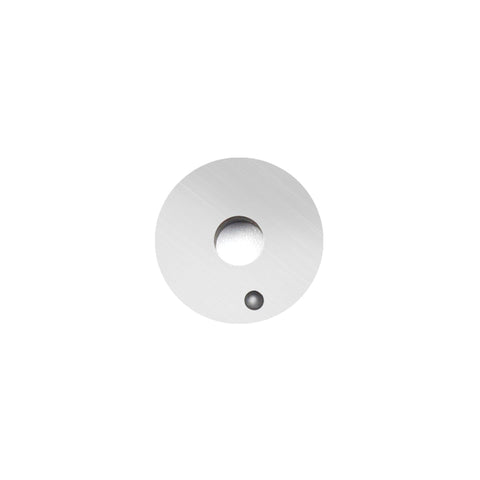Wood turning is a captivating craft that requires the perfect blend of skill, creativity, and the right tools. When it comes to achieving optimal results in wood turning, selecting the correct size of carbide inserts is paramount. These inserts are the heart of carbide wood turning tools, and understanding how to choose the right size can make a significant difference in the quality and efficiency of your work.
The size of the carbide insert refers to its dimensions, typically measured in terms of length, width, and thickness. Each of these dimensions plays a crucial role in determining the performance and versatility of the insert. Here are some factors to consider when selecting the appropriate size for your wood turning carbide inserts.
Firstly, the length of the insert is an important consideration. Longer inserts provide added stability and support, allowing for smoother cuts and reducing the risk of chatter or vibrations. They are particularly useful when working on larger projects or turning larger diameter pieces of wood. Conversely, shorter inserts are more suitable for delicate or intricate work that requires increased maneuverability and control. By understanding the nature of your project, you can choose the length of the insert that best suits your needs.
Secondly, the width of the carbide insert determines the amount of material it can remove in a single pass. Wider inserts excel in roughing out or hogging tasks, where quick stock removal is required. They are ideal for shaping the initial form of the wood and removing excess material efficiently. On the other hand, narrower inserts are better suited for detail work and refining the shape of the piece. They allow for greater precision and finer cuts, which are essential for intricate designs and delicate features.
Lastly, the thickness of the carbide insert influences its overall strength and durability. Thicker inserts tend to be more robust and resistant to chipping or breakage, making them suitable for heavy-duty turning applications. They can withstand higher cutting forces and are less prone to damage, providing longevity and reliability. Thinner inserts, on the other hand, offer increased maneuverability and finesse. They are ideal for light cuts and delicate work that requires a gentle touch.
When selecting the size of your wood turning carbide inserts, it is crucial to consider the specific requirements of your project. Take into account the size of the workpiece, the type of wood you are using, and the desired outcome. Additionally, consider your personal preferences and comfort level while turning. Trial and error can also be beneficial in finding the perfect size for your specific needs.
It is worth noting that many wood turning carbide tools offer modular systems that allow for interchangeable inserts. This flexibility enables woodturners to experiment with different sizes and shapes, tailoring their tools to specific tasks or projects. It's always a good idea to have a variety of insert sizes on hand to accommodate different turning scenarios and to expand your creative possibilities.
In conclusion, choosing the right size of wood turning carbide inserts is a crucial step in achieving precision, efficiency, and outstanding results in your woodturning projects. By considering factors such as length, width, and thickness, you can select inserts that align with your project requirements and personal preferences. Remember, finding the perfect size may require some experimentation and adjustment, but the rewards in terms of improved performance and craftsmanship are well worth the effort.

